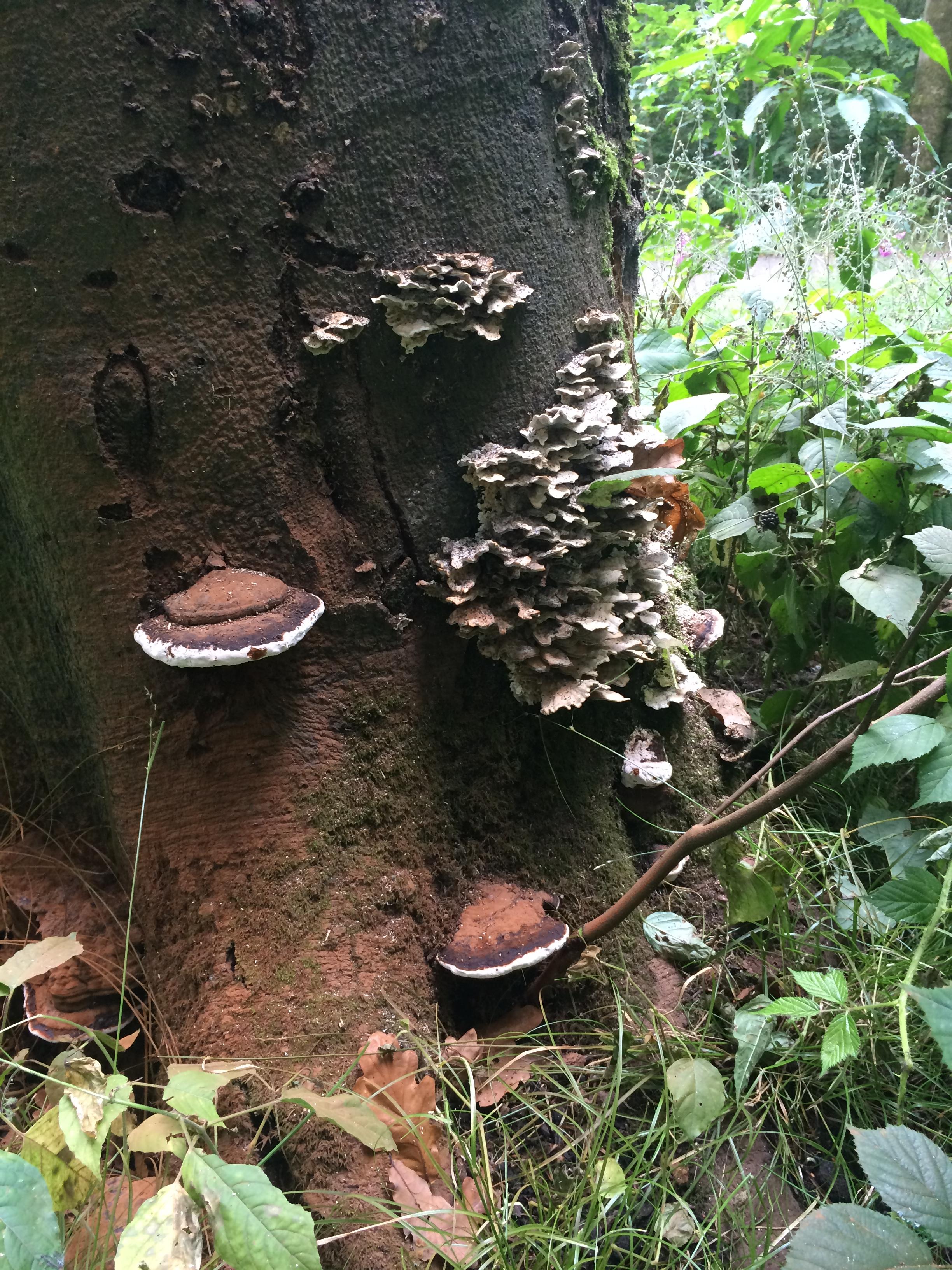First step. Take a great big breath....
You've a problem that's causing you stress which is undoubtedly harmful to your own well-being.
Initially you've a couple of decisions to make. Either you're willing, or would like to, to try to resolve the problems that you feel that you have with him or you need to decide whether you've had enough and aren't prepared to endure his presence any longer.
Only you can decide how much you're prepared to put up with.
Toxic 'employees are harmful to both the business itself and will affect everyone employed by it. Reading between the lines I wonder how well you actually communicate with him. Not a dig at you, but using words like 'pull him' makes me wonder how you approach him, particularly if you're simmering underneath - blowing a relatively minor issue out of proportion. Have you had a friendly chat with him? To try to get to the bottom of some of the issues that he has. (To manage staff you need to be a bit of everything, responding to their personal needs in so may ways). He may have personal issues that he brings to work, which then reflects in how he is that day, who knows? He might be moaning about stupid stuff (which then annoys you) not because that's the real issue he has, but because of something entirely different.
If you can really talk to the guy, you've a chance. If he's honest and forthcoming to you, then you have an opportunity to explain how his behaviour affects you and everyone else. With reasonable people and good open communication there ain't much that can't be resolved. On the other hand, if he won't open up, communicate, etc you're on a hiding to nothing. He's unlikely to improve and the situation will just continue.
On the plus side, as a subby if you want rid - no problem. Find someone else. You may go through a dozen to find the right bloke to fit, but you'll get there. Don't be put off in making the decision by concerns of finding someone else. The long -term benefits far outweigh your present position.









